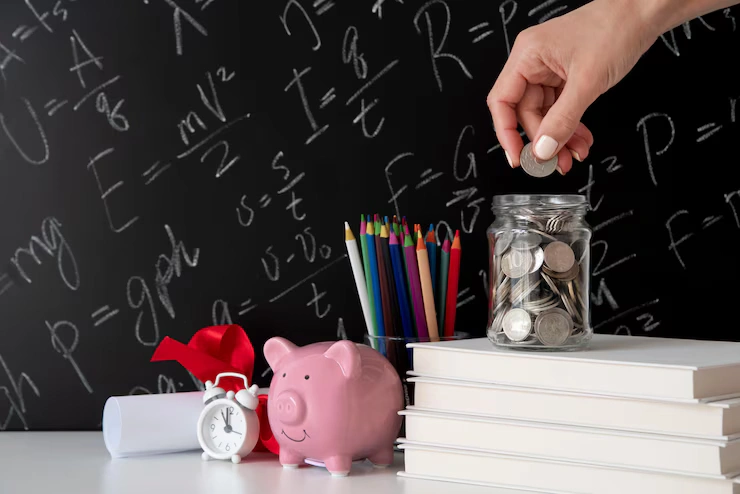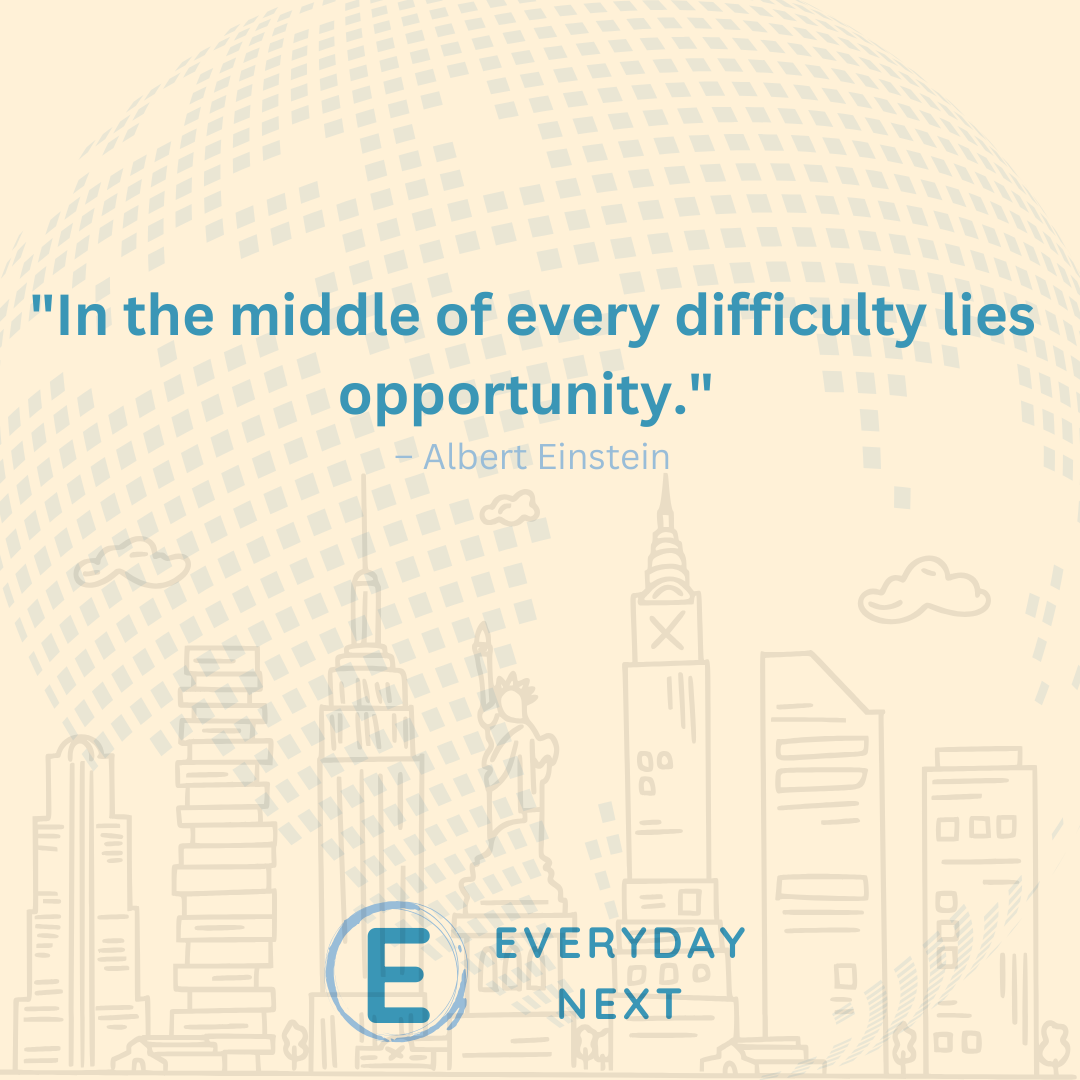
Maximize Your Cash: Are High-Yield Savings Accounts Worth It in 2025?
Saving money has always been smart. But in 2025, more people are asking, “Where should I keep my cash?” That’s where high-yield savings accounts come in. These accounts offer better interest rates than Regular Savings. They help your money grow faster, without much risk. But with inflation, spending changes, and new bank tools, many people wonder if high yield savings accounts are still a smart move. In this article, we’ll explain what high-yield savings accounts are, how they work, and whether they still make sense in 2025. We’ll use simple words, clear facts, and examples to help you decide what’s best for your money.
What Is a High-Yield Savings Account?
A high-yield savings account is a type of bank account that pays more interest than a normal savings account. Some pay 4% or more each year, while many Traditional Accounts pay less than 1%. The money in your account stays safe. Most high yield savings accounts are offered by trusted banks and are insured by the government. You can take your money out anytime, but the main goal is to let it sit and grow. In 2025, these accounts will be easy to find online. Many top banks and credit unions offer them. They are popular with people who want to earn more without taking risks.

Why High-Yield Savings Accounts Became Popular
High-yield savings accounts became popular in the past few years. Interest rates were rising, and people wanted better returns. When inflation went up, many looked for ways to keep their savings safe and growing. Stocks and crypto were too risky for short-term goals. That’s when high yield savings accounts started to shine.
They offered:
- Low risk
- Steady returns
- Easy access
- No market surprises
These features made them ideal for emergency funds, vacation savings, and short-term goals.
Are High-Yield Savings Still a Good Choice in 2025?
The short answer is: yes, for many people. In 2025, High-Yield Savings will still offer real benefits. Most accounts now pay between 3.5% and 5% interest. That’s much better than regular bank savings. If you keep $10,000 in a high-yield account, you could earn $400 a year just by letting it sit.
This makes them perfect for:
- Emergency funds
- Travel plans
- Down payments
- Saving for taxes or big purchases
You won’t get rich with high-yield savings, but your cash will work harder while staying safe. Here is a side-by-side comparison of regular savings vs high-yield.
| Feature | Regular Savings | High-Yield Savings |
|---|---|---|
| Typical Interest | 0.5% | 3.5–5% |
| FDIC/NCUA Insured | Yes | Yes |
| Easy Access | Yes | Yes (some limits) |
| Best For | Day-to-day cash | Emergency or goals |
Real Example: How Sarah Grew Her Savings
Sarah is a 28-year-old nurse. In 2023, she opened a high-yield savings account with an online bank. She started with $5,000 and added $200 each month. By 2025, her account had grown to over $11,000. The interest alone gave her almost $500 in extra money, without any risk or effort. Sarah used that money to pay for a trip and still had her full savings untouched. For her, the account was a smart way to earn without stress. This is why more people are turning to high-yield savings for short-term financial goals.
Things to Watch Before Opening a High-Yield Account
Not all high-yield savings accounts are the same. Before opening one, check these things:
- Interest rate: Look for accounts that offer at least 4%.
- Fees: Make sure there are no monthly charges or minimum balances.
- Access: Can you move money easily to and from your main bank?
- FDIC or NCUA insured: This keeps your money safe up to $250,000.
- Customer service: Online banks should still offer support when you need it.
In 2025, many accounts are digital. That’s fine, but make sure the bank has a strong name and good reviews.

When High-Yield Savings Might Not Be Enough
While high-yield savings are great for safety and short-term needs, they may not be the best for long-term growth.
Here’s why:
- Inflation can still outpace interest. If prices rise faster than your account grows, you may lose value in real terms.
- You won’t earn as much as in stocks or bonds over time.
- Some accounts limit how often you can move money.
If your goal is retirement or growing wealth over 10 or 20 years, consider adding investments like ETFs, mutual funds, or even real estate to your plan.

How High-Yield Savings Fit into a Bigger Money Plan
A high-yield savings account works best when it’s part of a full money plan. You can use it to hold your emergency fund, save for Short-Term Goals, or keep cash ready for sudden needs. But it should not be your only tool. In 2025, smart savers use a mix of options. They keep some money in high-yield savings for safety and keep other funds in investments for growth. This mix gives you balance. You stay prepared for today and ready for the future.
Conclusion: Are High-Yield Savings Worth It in 2025?
Yes. In 2025, high-yield savings accounts are still a smart tool. They give you safe, steady growth with no big risks. They are perfect for your emergency fund, short-term goals, or just keeping cash ready. They may not be exciting, but they are smart. They let your money earn while you sleep. And that’s something every smart saver can use. If you want peace of mind and solid returns without market stress, a high-yield savings account is still one of the best places to park your cash.
FAQs
1. What is a high-yield savings account?
It’s a savings account that pays more interest than a normal one, helping your money grow faster.
2. Are high-yield savings accounts safe?
Yes. Most are insured by the FDIC or the NCUA, which protects your money up to $250,000.
3. How much can I earn with high-yield savings in 2025?
Many accounts pay 4% or more. That means $10,000 could earn around $400 in a year.
4. Can I take my money out anytime?
Yes. Most accounts let you move money freely, but some limit how often.
5. Should I use high-yield savings for long-term goals?
They’re best for short-term needs. For long-term growth, consider investing instead.










